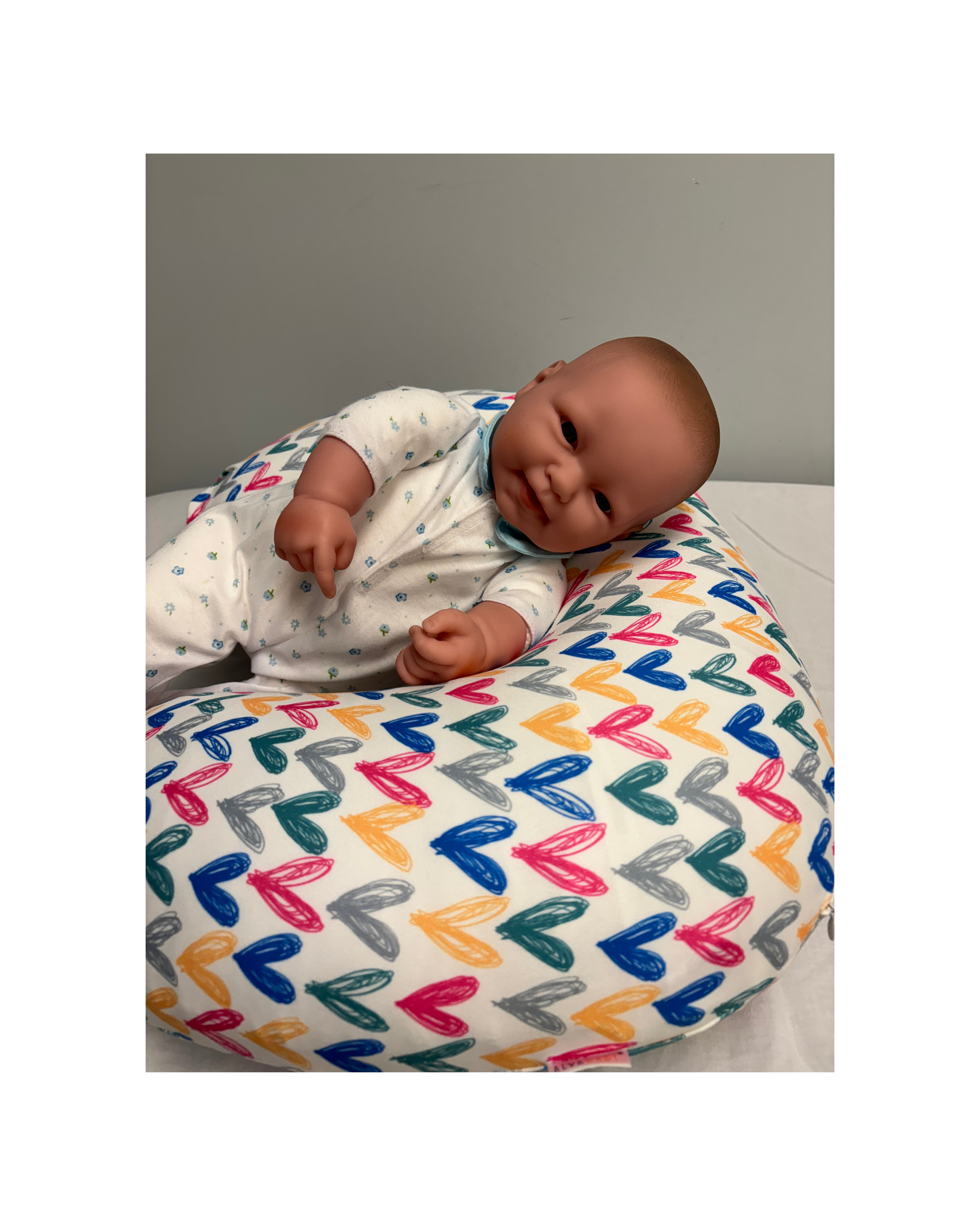My Baby Has A Flat Spot On Their Head? How To Prevent And Address Plagiocephaly
As a parent, you want the best for your child, including ensuring their health and well-being. One common issue that many parents face is plagiocephaly, a condition where the skull becomes misshapen due to constant pressure on one spot. This condition can occur when a child spends too much time lying in one position, leading to a flattening of the head. This blog post will explore prevention methods and ways to address flat spots on your baby's head.
The Importance of Changing Positions for Preventing Plagiocephaly:
Changing your infant's position throughout the day is crucial in preventing plagiocephaly. When your child spends too much time in one position, it can put pressure on their skull, leading to flattening. By changing their positions, you can redistribute the pressure and promote healthy skull development.
Here are some ways to change your child's positions:
1. Carrier or Stroller: When you're out and about, consider using a carrier or stroller that allows your child to face you. This position allows your child to look up and around, reducing pressure on their skull.
2. Floor Time: When you return home, take your child out of their car seat or stroller and place them on their back, side, or tummy on a mat or blanket. This allows them to stretch out and relieve pressure on their skull.
3. Boppy Pillows are a great way to change your child's position.
You can place your child on their back, side, or tummy in a Boppy Pillow, which helps to redistribute pressure and promote healthy skull development.
Lying On Back In Boppy Pillow:
Tilts the neck slightly, changing where the pressure is placed on the head.
Sidelying In Boppy Pillow:
It allows for time off the sides of the head, and infants can easily bring their hands toward the midline.
Tummy Time On The Boppy Pillow
The Boppy Pillow makes tummy time easier for infants. It provides support under their chest so they can build the strength and endurance they need. Tummy time allows your infant to have time off of their head while also working their neck and trunk musculature.
4. Sitting: For infants between 4 and 6 months, you can place them sitting on a Boppy pillow. This helps them develop their neck and back muscles and promotes healthy skull development.
Sitting with Boppy Pillow
age: 4-5 months
Sitting In Boppy Pillow
age: 5-6 months
How Can Craniosacral Therapy Help With Plagiocephaly?
If your infant has developed a flat spot on their head, then positioning and craniosacral therapy are two effective methods that can help improve your child's head shape. Craniosacral therapy is a gentle manual technique that can help restore the alignment of cranial bones and relieve pressure in the structures that can cause asymmetry of the head and face. This can help improve the overall symmetry of the head and face and alleviate any tension in the neck and shoulders.
It's also essential to consult with your pediatrician if you have any concerns about your child's development. They can advise you on the best course of action and recommend any additional therapies or treatments that may be necessary.
If you're in the Boulder County, CO, area and looking for a therapist specializing in craniosacral therapy, visit mapletioncst.com. They offer a range of services, including craniosacral therapy for infants and children, and can provide you with the expert care and guidance you need to support your child's development.
Remember, every child develops at their own pace, and with the proper support and interventions, your child's head shape can improve significantly.
If you're looking for a step-by-step guide on belly time activities, look at our mini digital course, “Mastering Bell Time: A Parent’s Guide To Belly Time Success.” It's designed to help you understand the critical role of belly time in your child’s development. In just 30 minutes, you’ll explore essential developmental milestones from 0 to 6 months and discover practical tips to make belly time enjoyable and effective for you and your baby.





